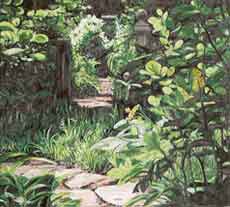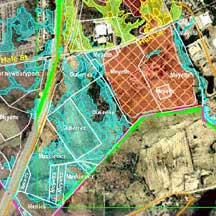For those of us who have wanted to know what was happening to 30-32 Marlboro Street, the property between Purchase Street and Hancock Street that goes all the way back to Madison Street, well, it sold on June 30, 2006.
Not to keep anyone in suspense or anything, this is all public record that can be found on Salem Deeds Online, www.salemdeeds.com (see link at the side of the Newburyport Political Blog,) the property sold to the neighbor at 36 Marlboro Street (who lives on the corner of Marlboro and Hanock) on June 30, 2006.
Well, relief, relief. The neighbor, Mr. Matthew Pieniazek, reportedly has tried to buy the property for years. Well yeh!
Mr. Pieniazek has done a beautiful job restoring and adding on to the other property next to his house on the corner of Hanock Street and Madison Street across from the “Neps.”
The house on 30-32 Marlboro Street is in pretty bad shape. It is a two family and was built I think in 1850. I have no idea if a demolition permit will be sought, but if the house on Hancock Street is any indication, well, Mr. Pieniazek appears to care a lot.
The neighbors say that a saltbox is going in on the Madison Street side of the property. This, however, has not been verified.
Mary Eaton
Newburyport



